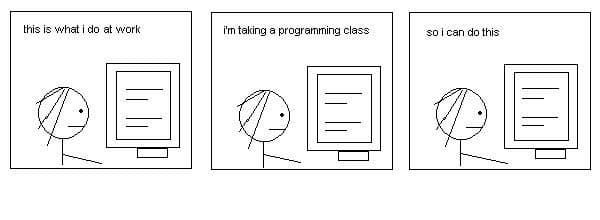Bubbles isn’t just the name of my favorite cartoon character from Power Puff girls, or just the best activity for a kid to play with, in general. In my adult world, they stand for a whole lot more, but can still cause extreme emotions.
At the lab bench, seeing bubbles brings happiness or sadness depending on the experiment I am performing. In some cases, they indicate that my experiment is working, and in other cases, they completely ruin my experiment.
Let me give you some examples of both the ‘good’ and ‘bad’ bubbles.
Beneficial Bubbles
Electrophoresis Methods
When running agarose or polyacrylamide gels, bubbles mean the electrodes are connected, plugged in, and that current is flowing.
Buffers
Some buffers require the removal of dissolved oxygen and by purging with an inert gas like argon. Bubbles indicate the rate of flow and that the gas is actually on.
Note: for every gauge needle allowing gas into the tube, you want a needle letting gas out of the tube
Solutions
Bubbles indicate that a detergent, like Tween, or serum is in a solution.
Devastating Bubbles
Column Chromatography or Gel Filtration Methods
Bubbles clog columns, affect flow rates and affect purity by preventing a direct interaction with the column.
Western Blots
Bubbles affect protein migration. They also prevent the transfer of protein from the gel to the membrane, and causing false negatives or ugly spots on your Western.
Assays
Bubbles interfere with the path length in a spectrophotometer, which affects the samples being read, and therefore the results.
Cells and Proteins
The bursting effect of bubbles affect cells and their morphology. When popped, the create shear forces that denature proteins.
Imaging
A bubble causes optical artifacts making thick black circles appear in your images. They obstruct the sample being observed and overall lead to poorer image quality.
What Causes Bubbles?
It is important to avoid bubbles at all cost, but some experiments are more prone to them than others. For example:
- Scratches on surfaces cause uneven surface tension, affect flow and thus produce bubbles
- Pores, like in columns, are prone to producing microbubbles
- Pipetting too quickly
Tips to Avoid Bubbles
- Degas your buffers. Bubbles occur when the dissolved gasses in buffers come out of solution
- Use a vacuum or pipet to aspirate bubbles and excess liquid from things like cover slips or cell culture flasks
- Lower cover slips at an angle and carefully set them down allowing bubbles to escape before being trapped
- Pop them by gentle tapping
- In certain assays, like Bradfords, carefully break the surface tension of a bubble using a heated needle
Even when you have done your best to avoid bubbles, sometimes they just “pop” up. Let us know some of your best and safest ways of popping a bubble, or getting rid of them by commenting below.
Image Credit: Zsolt Fila







